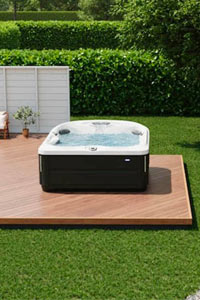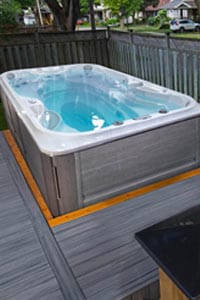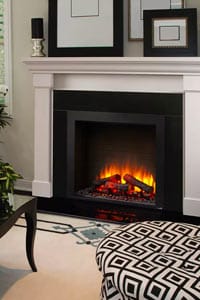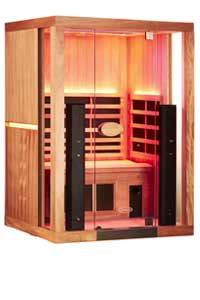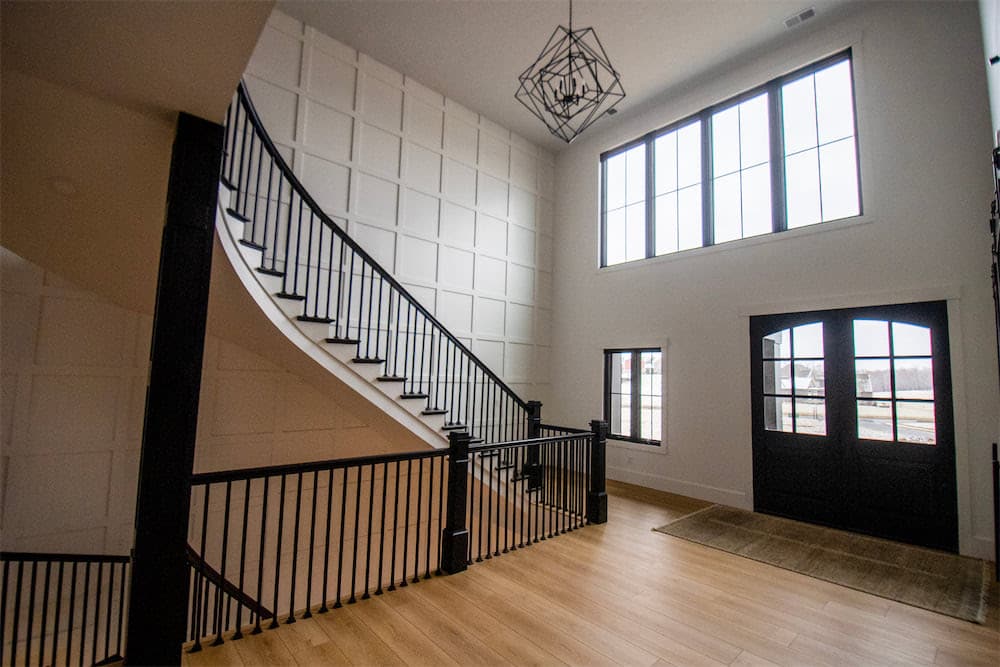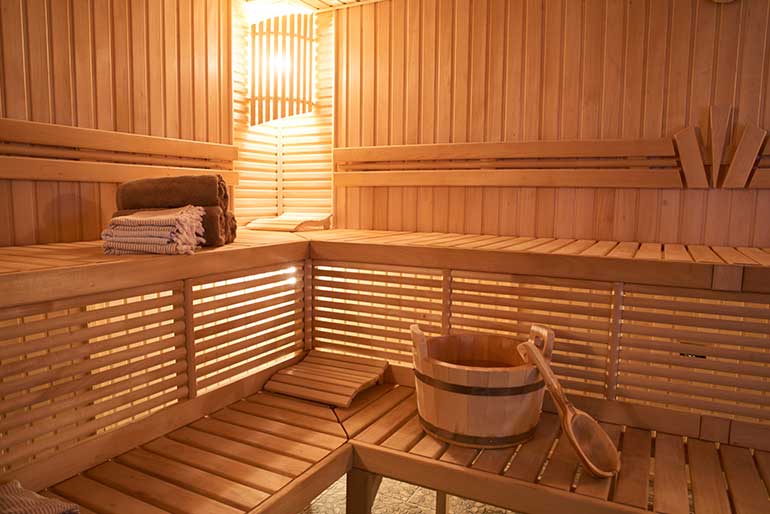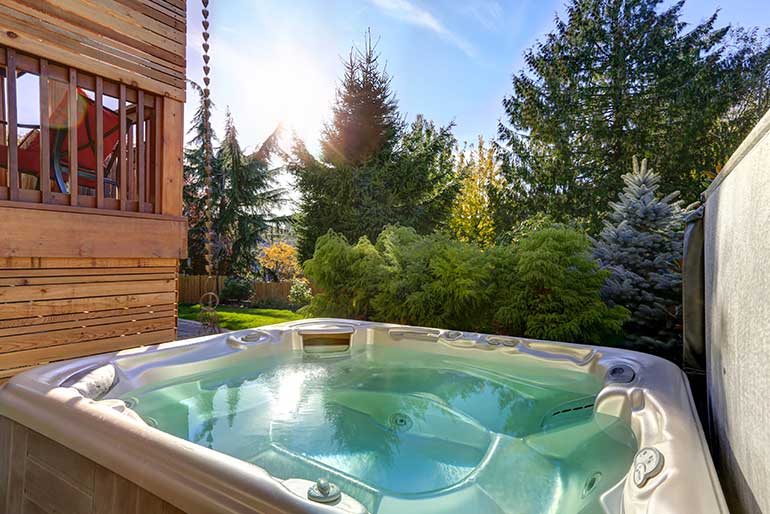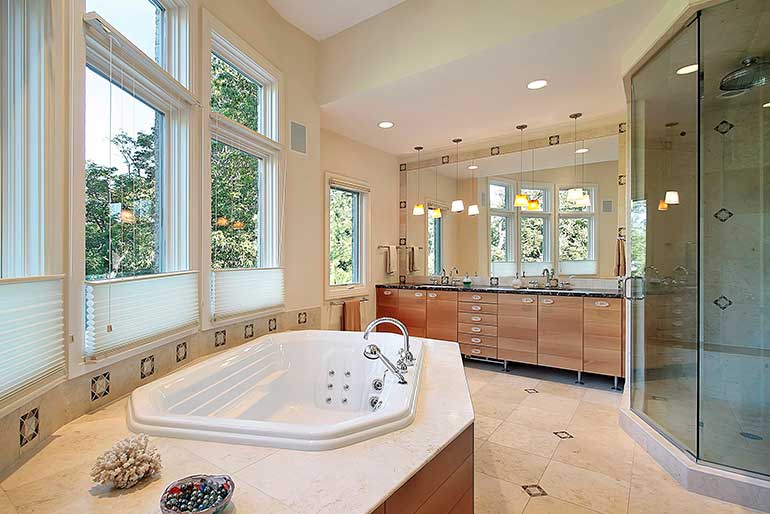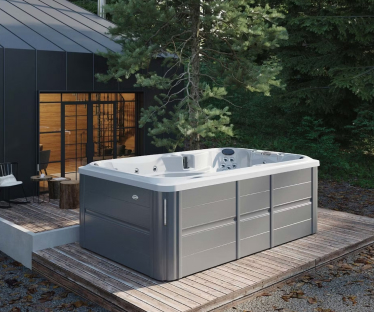A sauna is a great way to relax and unwind after a busy day. However, choosing the right sauna temperature is key to making the most of your sauna experience. The temperature not only affects your comfort but also determines how effective the session is in terms of health benefits. Different sauna types and personal preferences play a role in what temperature works best for you. This article breaks down the ideal sauna temperatures for various sauna types and how you can adjust them for optimal results.
Understanding Different Sauna Types and Their Temperatures
There are several types of saunas, each with different heating methods. The most common types are traditional saunas, infrared saunas, and steam saunas. Each type requires a different temperature range for the best experience.
- For traditional saunas, which use either electric or wood-burning stoves, the temperature typically ranges from 140°F to 190°F. Many sauna enthusiasts prefer settings between 150°F and 175°F for maximum comfort and health benefits. A higher temperature will help your body sweat more, increasing detoxification and improving circulation.
- Infrared saunas work differently. They use infrared light to heat your body. As a result, the temperature in an infrared sauna is generally lower, usually between 100°F and 130°F. Since infrared heat penetrates deeper into your tissues, it still provides many of the benefits of a traditional sauna but at a more comfortable and less intense temperature.
- Steam saunas, often confused with traditional saunas, operate at lower temperatures but with added humidity. The temperature in a steam sauna is typically set between 110°F and 120°F. The moisture in the air enhances relaxation and allows your body to sweat without extreme heat. The ideal setting depends on how much steam you want to feel, but generally, a slightly cooler temperature is suitable for a more soothing experience.
Why Temperature Matters for Your Sauna Session
The best sauna temperature isn’t just about comfort, it also influences the physical effects of your session. Hotter temperatures cause your body to sweat more, which promotes the release of toxins and helps with muscle relaxation. However, extreme temperatures may not be suitable for everyone. For instance, if you’re new to saunas or have certain health conditions, a slightly lower temperature might be better.
How Long Should You Stay in the Sauna?
The length of time spent in a sauna is closely linked to the temperature setting. In a traditional sauna with higher temperatures, shorter sessions of 10-20 minutes are ideal. If you’re in a lower-temperature infrared sauna, you may be able to stay longer, up to 30-40 minutes, without feeling overheated. However, it’s important to listen to your body and leave the sauna if you start feeling dizzy, lightheaded, or uncomfortable.
Temperature Adjustments for Health Conditions
If you have any underlying health conditions like heart disease, high blood pressure, or respiratory issues, you should consult a doctor before using a sauna. Certain health conditions may require lower temperatures or shorter sauna sessions. Always listen to your body and adjust as needed to ensure a safe and effective sauna experience.
Finding the right sauna temperature depends on several factors, including the type of sauna you have and your personal preferences. There is no one-size-fits-all answer. However, understanding the different temperature ranges for each sauna type will help you make an informed decision about the best settings for your needs.
Koval Supply offers a wide selection of premium hot tubs, swim spas, fireplaces, and kitchen remodel products in West Virginia and Pennsylvania. With over 30 years of expertise, we deliver top-quality products and exceptional customer service for your home and outdoor leisure needs.
If you’re ready to upgrade your sauna experience or need more advice, don’t hesitate to contact us for assistance.
